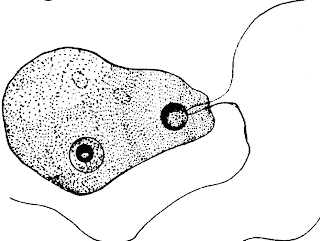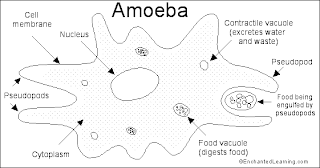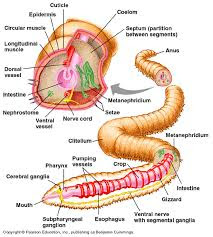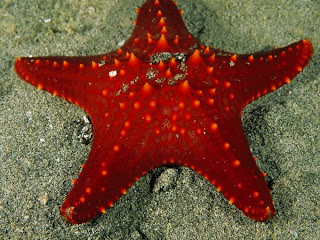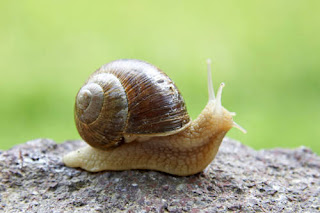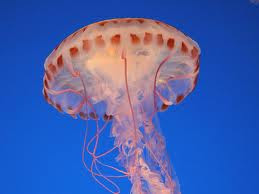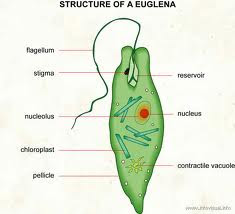Locomotion in Paramecium:
The body of a paramecium is covered all over by a large number of short thread like extensions, of plasma membrane, called cilia. The locomotion in paramecium takes place by the beating of these cilia and hence is called ciliary movement. Locomotion is brought about by alternate power strokes and backward power stroke of hundreds of these cilia push body forward.


